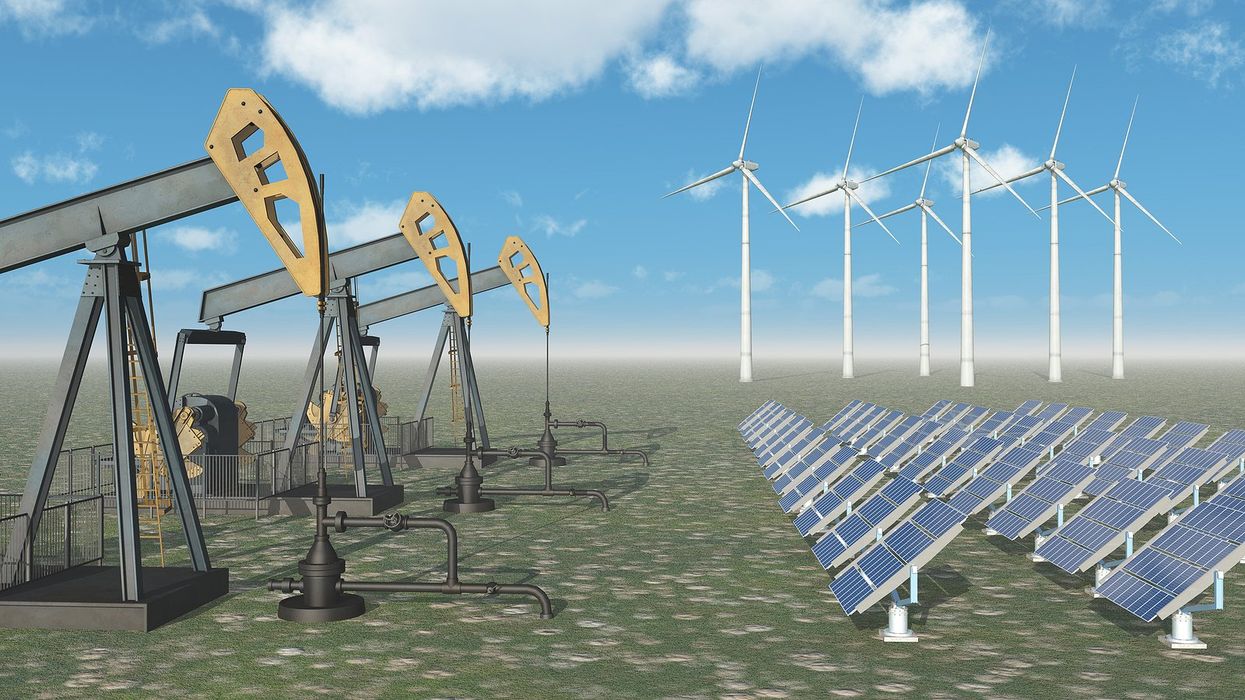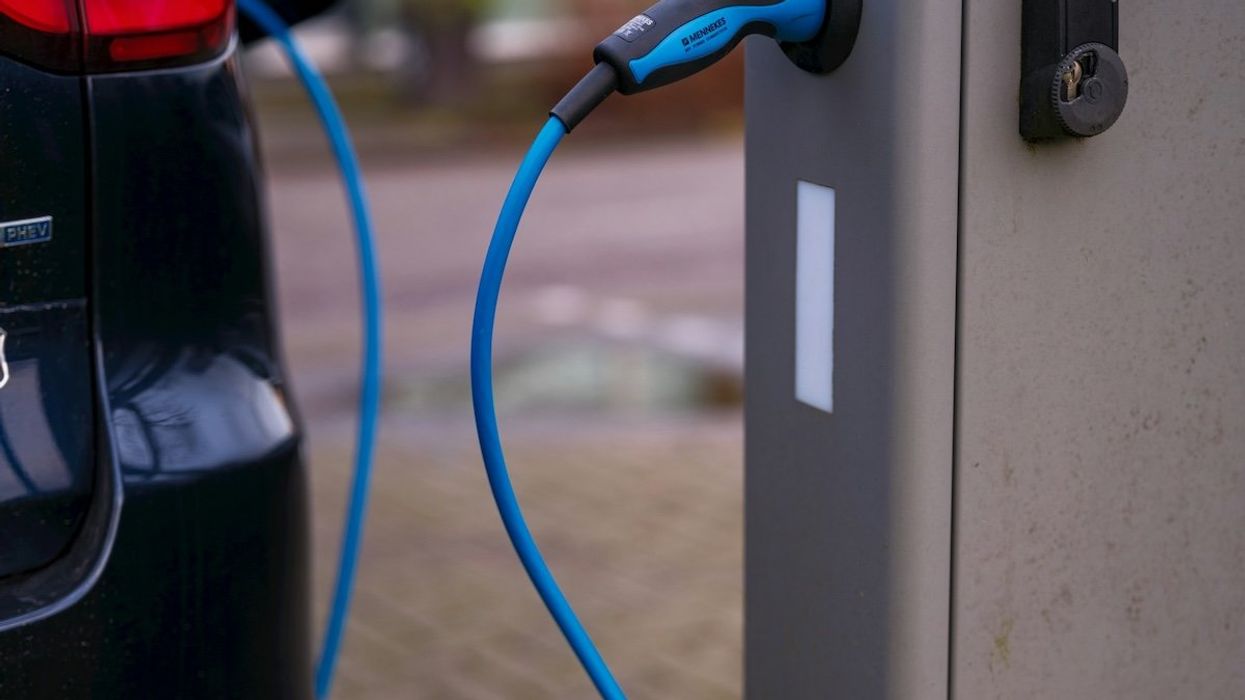Coal workers in Appalachia will again have access to free screenings for black lung after federal officials reinstated dozens of recently fired Centers for Disease Control and Prevention (CDC) employees whose work had been abruptly halted.
Maxine Joselow reports for The Washington Post.
In short:
- The Trump administration temporarily reinstated up to 40 CDC workers who screen coal miners for black lung after widespread layoffs halted the federally mandated program.
- The decision followed political pressure from Sen. Shelley Moore Capito (R-W.Va.) and a pending lawsuit alleging the layoffs violated federal law protecting coal miners.
- The reinstated employees will continue working only until June 2, after which they face termination through reduction-in-force notices.
Key quote:
“We are encouraged by the decision to temporarily call back several NIOSH employees. This action, though temporary, allows these dedicated professionals to return to their critical roles in advancing worker safety and health across the country.”
— Cathy Tinney-Zara, president of the American Federation of Government Employees Local 3430
Why this matters:
Black lung disease, or coal workers’ pneumoconiosis, is a debilitating and incurable condition caused by long-term inhalation of coal dust. It has surged in recent years, particularly in Central Appalachia, where one in five longtime miners now shows signs of the disease — the highest rate in 25 years. Without federal screening programs, miners lose access to early detection tools that can protect their health, slow disease progression, and secure vital benefits. The Coal Workers’ Health Surveillance Program, in place since 1969, has allowed miners to get X-rays and medical compensation, and to move to safer mine locations. Its disruption jeopardizes not only the health of thousands of workers but also public trust in regulatory safeguards.
Related: Trump proposes sweeping cuts to health agencies, ending dozens of programs














